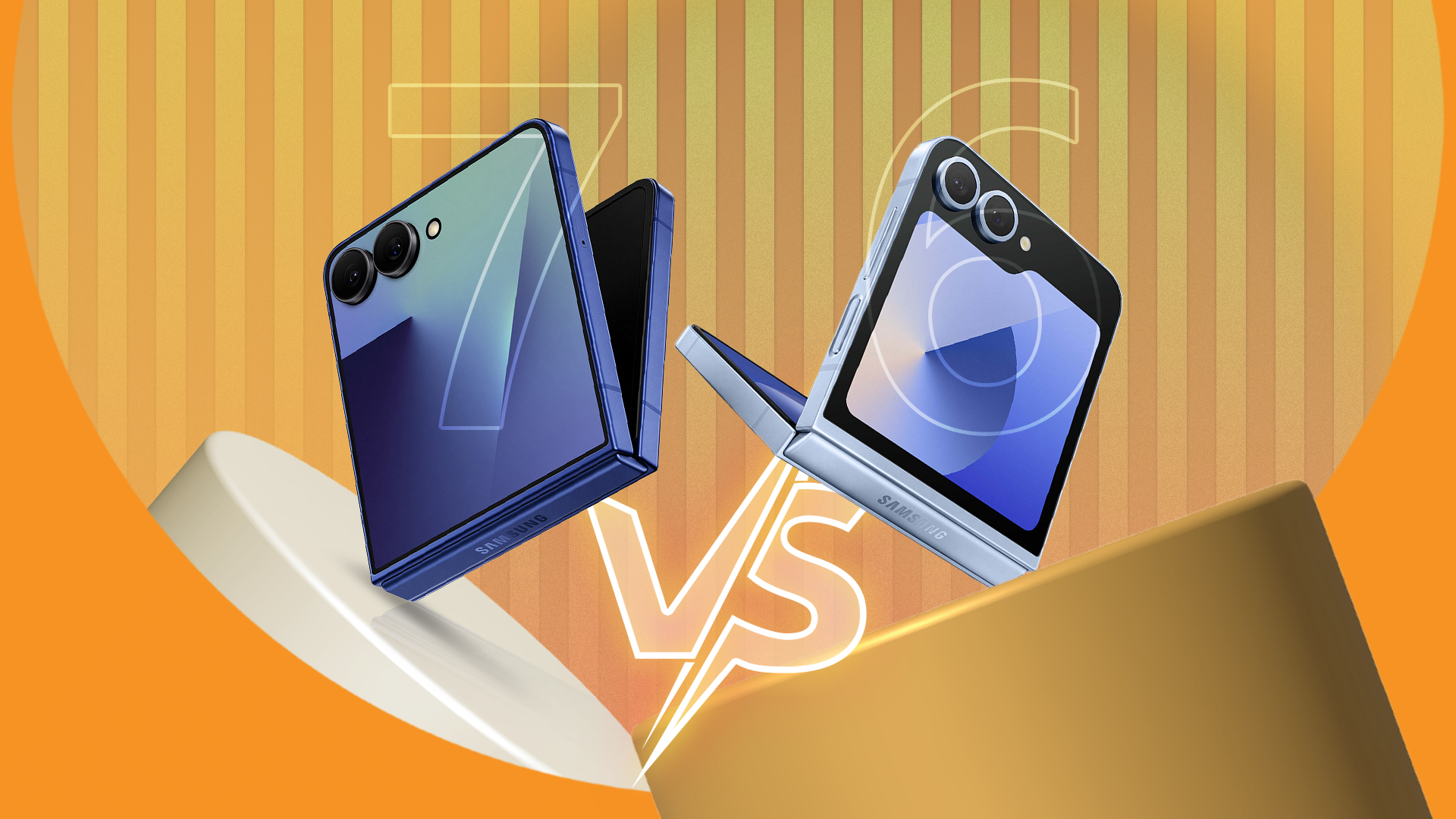The tech world is buzzing about Samsung’s latest foldable phone, the Galaxy Z Flip 7, slated to hit stores on July 25, 2025. This new iteration boasts several improvements over its predecessor, the Galaxy Z Flip 6, without a price increase. The starting price remains at $1,099.99. But are the upgrades significant enough to warrant an upgrade? Let’s delve into a detailed comparison.
Read more: All Blacks: Razor's Risky Roster Reveal
Design and Display: A Bigger View
The Galaxy Z Flip 7 sports a similar overall design to the Flip 6, maintaining nearly identical length, thickness, and weight (188 grams compared to 187 grams). However, subtle refinements make a difference. The Flip 7 is slightly slimmer when folded, measuring 13.7mm versus 14.9mm on the Flip 6, and 6.5mm unfolded compared to 6.9mm.
The most notable change is the significantly larger cover screen. Mimicking a design element seen in Motorola’s Razr series, the Flip 7 features a 4.1-inch Super AMOLED cover display. This larger screen, running almost edge-to-edge, supports a 60Hz or 120Hz refresh rate and a peak brightness of 2,600 nits. The cover screen also integrates the camera sensors and flash, lending a contemporary aesthetic.
Unfolding the Flip 7 reveals a slightly larger 6.9-inch Dynamic AMOLED 2x inner screen. This screen also boasts an adaptive refresh rate (1-120Hz) and 2,600 nits of peak brightness. While the Flip 6’s inner screen shares similar specifications, it measures slightly smaller at 6.7 inches.
Both phones utilize Corning’s Gorilla Glass Victus 2 on the cover screen and back panel for enhanced durability. The aluminum frame provides additional resilience. Both devices also carry an IP48 certification, offering resistance to dust and water immersion (up to 1.5 meters for 30 minutes). The Flip 7 is available in colors such as Jet Black, Blue Shadow, Coral-red, and Mint.
Performance: Exynos Takes Center Stage
While previous Samsung foldables have relied on Qualcomm’s Snapdragon processors, the Flip 7 marks a departure. It is powered by Samsung’s in-house Exynos 2500 (3nm) System on a Chip (SoC). This chip features a 3.3 GHz prime core, an Xclipse 950 GPU (based on RDNA 3 architecture), and a new Neural Processing Unit (NPU) with a computational power of up to 59 TOPS. The phone also includes 12GB of LPDDR5X RAM and up to 512GB of UFS 4.0 storage.
Early benchmarks indicate the Exynos 2500 outperforms the Snapdragon 8 Gen 3 (4nm) found in the Flip 6. GeekBench scores show a 17% and 26% increase in single-core and multi-core CPU tests, respectively. The Exynos 2500’s GPU also scores 42% higher in GeekBench’s Compute Score, suggesting noticeable improvements in gaming performance and visual fluidity. However, the Exynos 2500 doesn’t quite reach the performance levels of the Snapdragon 8 Elite found in higher-end models like the Fold 7 or Galaxy S25 Ultra.
Software: One UI 8 Enhancements
The Flip 7 debuts with One UI 8, Samsung’s custom user interface based on Android 16. This new version brings several features, including a dynamic lock screen clock, an improved Now Bar with Live Updates, and enhanced Audio Eraser and Object Eraser functionalities. Samsung has also updated system apps like Reminder, My Files, Quick Share, Samsung Internet, and Samsung Health. Like the Flip 6, the Flip 7 will receive seven years of major operating system and security updates.
A notable addition is the integration of Gemini AI with live-camera and real-time screen sharing capabilities. Users can show the AI assistant what they’re seeing through the phone’s camera and ask questions about it.
Camera: No Changes This Time
Despite the other upgrades, the camera hardware remains unchanged from the Flip 6. Both phones feature a 50MP (f/1.8, OIS) primary sensor, a 12MP (f/2.2, 123°) ultrawide sensor, and a 10MP (f/2.2) selfie shooter. The main camera offers 2x in-sensor zoom, and all sensors can record 4K videos at up to 60 fps. Users can access Samsung’s suite of AI-based photo and video editing features, including Generative Edit, AI Drawing, Sketch to Image, Portrait Studio, Live Effect, Instant Slow-Mo, and Audio Eraser.
Battery: A Much Needed Boost
The Galaxy Z Flip 7 houses a 4,300 mAh battery, a welcome increase from the Flip 6’s 4,000 mAh battery. Combined with the more efficient 3nm processor, this should translate to improved battery life, potentially offering seven to eight hours of screen-on time. However, charging speeds remain the same: 25W wired, 15W wireless, and 4.5W reverse wireless charging.
Connectivity: Satellite Calling Arrives
The most significant connectivity upgrade is the addition of satellite connectivity via low-earth orbit satellites. This feature enables emergency calling and texting in areas without cellular network coverage. The Exynos 2500 chip supports 3GPP NTN (Non-Terrestrial Network) standards for satellite communication. Other connectivity features include support for sub-6GHz and mmWave 5G networks, Wi-Fi 7, Bluetooth v5.4, GPS, GLONASS, and a USB Type-C 3.2 port. The Flip 6 supports Wi-Fi 6e networks and Bluetooth v5.3.
Making the Decision: Upgrade or Hold?
The Galaxy Z Flip 7 addresses some key concerns users had with the Flip 6, namely battery life and the size of the cover screen. If these enhancements are important to you, upgrading to the Flip 7 might be a worthwhile investment.
For Flip 6 owners, trading in your current device could result in a significant discount on the Flip 7. Also, Samsung is offering a free storage upgrade for early adopters, allowing you to get the 512GB variant for the price of the 256GB model. With trade-in offers potentially reducing the effective price to around $500, the Flip 7 presents a compelling deal.
Those with older models like the Flip 3 or Flip 4 might find the Flip 7 a substantial upgrade. However, if the Flip 6 is available at a significant discount, it could be a more budget-friendly option.


